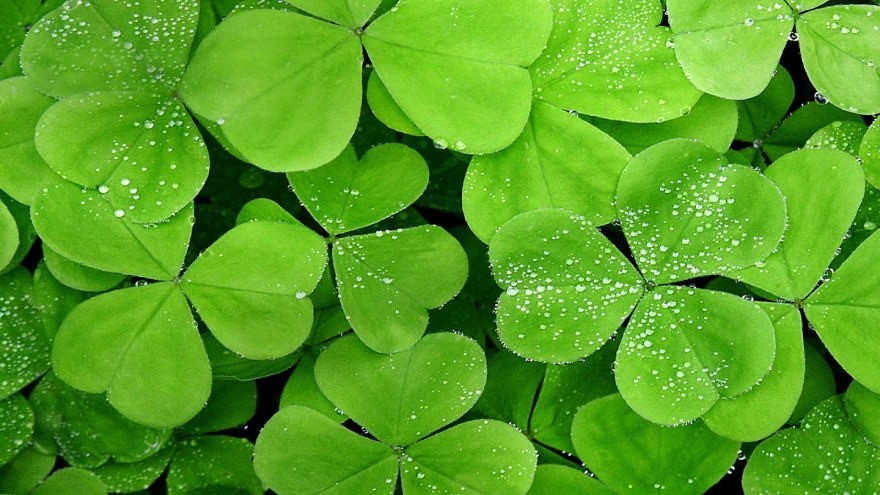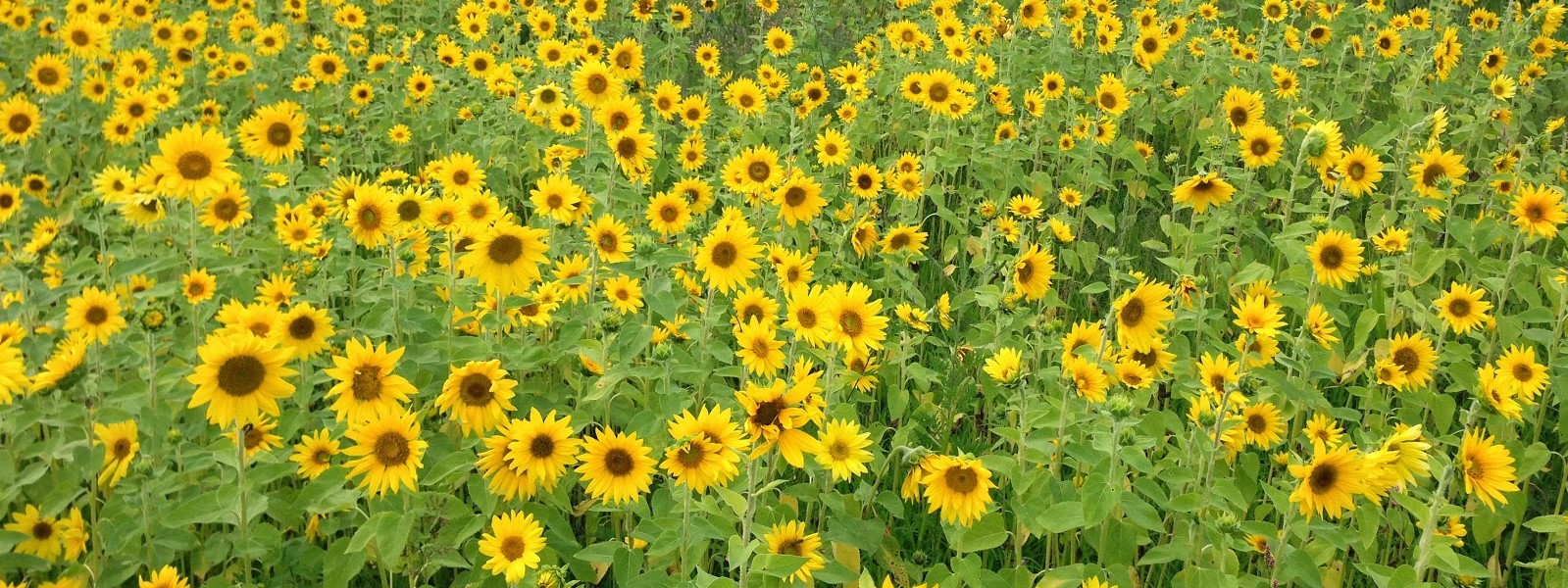There are several ways to provide additional forage for white-tailed deer and other wildlife on your property. However, the developing food plots for deer and other wildlife is the fastest way. Planting food plots for wildlife is an great way to improve wildlife nutrition, attract wildlife and increase the carrying capacity (while plots are growing) on your property.
Food Plots & Wildlife Habitat
With this in mind, food plots should not be used in place of habitat management. Use plantings to supplement the quantity and quality of foods that naturally occur on a property. Developing food plots in combination with high quality habitat is most beneficial to deer, doves, turkey, quail and other wildlife.
Managing to improve habitat is more important than food plots for deer, turkey and other game animals. Wildlife are readily attracted to successful plots, but these foods are not available year-round. Many land managers and hunters overlook habitat enhancement because it is more labor intensive and time consuming.

Furthermore, there is nothing better adapted to an area than native plants. Wildlife have developed to eat native plants and many are much more nutritious than food plot offerings. Conduct management practices such as timber management, brush management, prescribed burning and diking before developing your best food plots to compliment your land.
Food Plots for Wildlife
As one might expect, food plot plantings depend upon the wildlife species the manager wishes to attract to a property. In addition, seasonally appropriate plant species must be used for the plot to be successful. Remember, not all wildlife species benefit from all food plot plantings. Think about the goals for plot before you break ground.
A well thought out food plot mixture provides benefits to a variety of wildlife species. Many species can benefit to different degrees when well thought out out seed mixes are planted. Also, consider that not all plant species will grow in harmony. In certain cases, taller plants can shade out trailing or low-growing plant species.

Successful Food Plots for Wildlife
It is critical to take the proper steps when preparing food plots for wildlife. Basically, the process of planting a food plot the same as planting a farm crop. Before starting, learn as much as you can about how to plant a food plot. Consider each step and do not cut corners. There are no shortcuts to success.
The most important factor is to match the soil type and expected available moisture to the species planted. In addition, ensure that the species you seed is attractive to the wildlife you are interested in. For example, a food plot for deer may not attract quail. Although, a plot for deer can also be a food plot for doves, if wheat is planted. However, the season of primary use for each species will vary.

Wildlife Food Plots Start with Soil
It’s all about location, location, location! Start by identifying areas on the property where observe the wildlife you are targeting for management. Then, look for suitable food plot sites for planting. These sites are generally flat and located in areas where soil moisture is above average. A soil map of the property is a big help.
Lastly, it’s critical to plant plots when adequate soil moisture is present to increase seed germination and plant establishment. Food plots for deer and other wildlife will not work every year. If environmental conditions are poor, then other supplements are likely a better option that planting food plots for wildlife. Otherwise, the time and money spent developing food plots will be wasted. With this in mind, the very best time to plant a food plot is just prior to a nice, soaking rain.